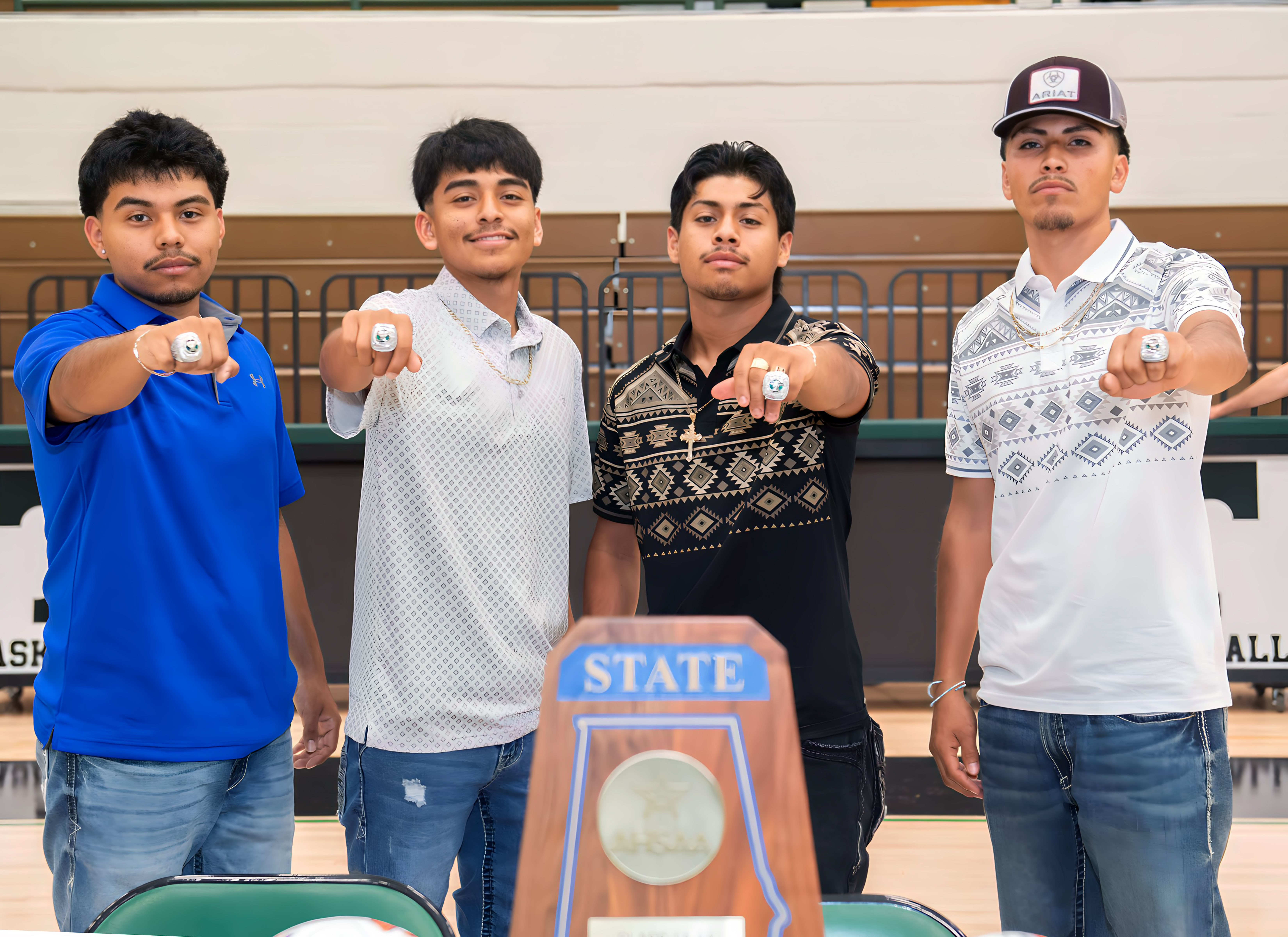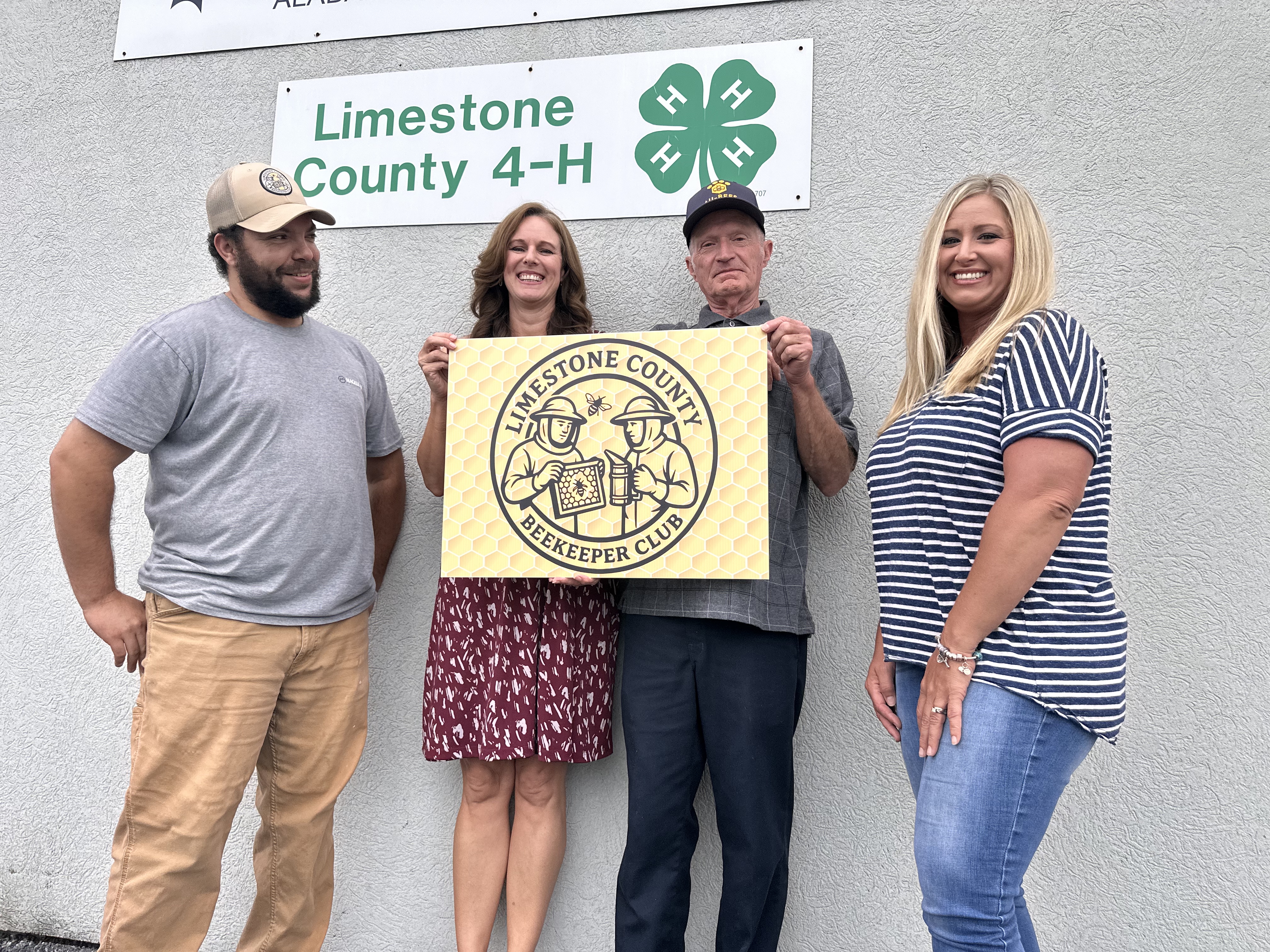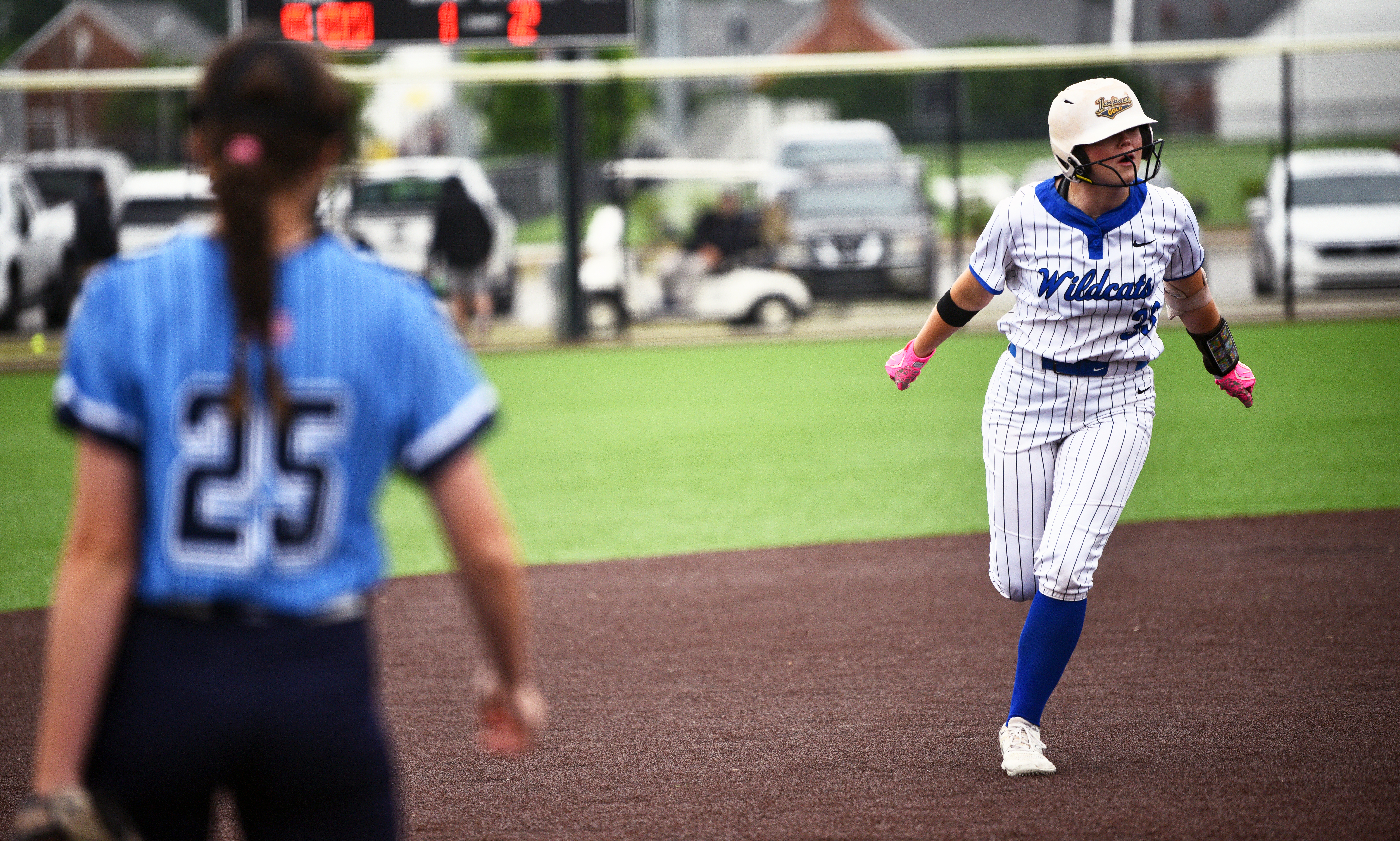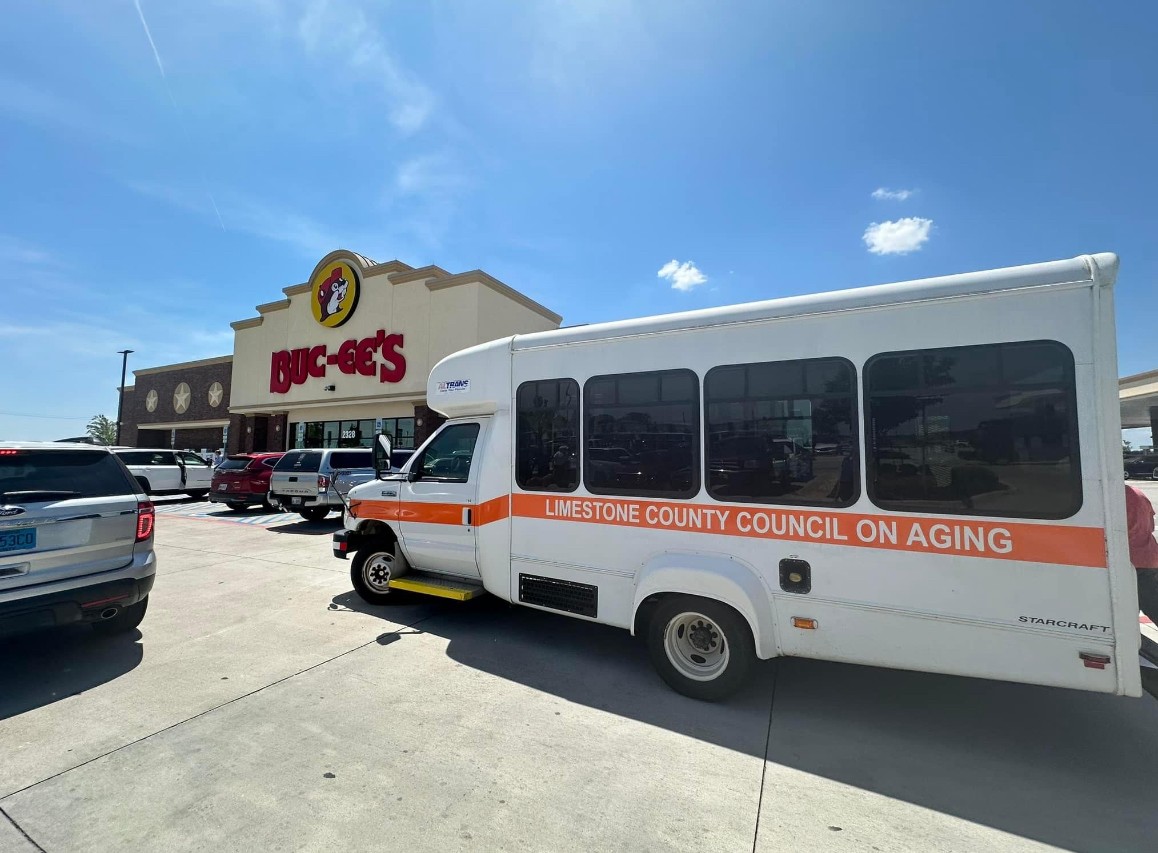Clements students learn concepts of physics with fun science project
Published 9:52 pm Tuesday, November 28, 2006

- Clements High School eighth-grade physical science students Chris Colwell, left, Chelsea Haggermaker, Carson Gafford, Summer Kirk and John Mark Ham get set to demonstrate the difference between potential and kinetic energy using a car and roller coaster they built.
Studying physics was never like this.
Members of a Clements High School eighth-grade physical science class are learning concepts of energy, friction, gravity, motion and electrical generation with study kits from the Alabama Math, Science and Technology Initiative.
Their latest project using kit materials was building roller coasters out of Connectors. Connectors are building sets that are a cross between old-time Erector sets and Legos.
A different AMSTI kit is given to a qualified teacher each semester. Dana Jackson’s eighth graders have been studying physical sciences while her seventh graders have been studying life sciences by watching a caterpillar grow into a butterfly.
“There’s no way I could have done all this with my supply money,” Jackson said.
She receives her kits from the University of North Alabama, which is one of the AMSTI distribution sites around the state. Other area institutions that give AMSTI kits are UAH, Tuscaloosa, Montevallo and Wallace State.
Jackson will soon have to return this semester’s kits, which her class has used since late August. She will receive new kits in January, the beginning of the next semester. The new kits will be more chemistry-oriented, she said.
The roller-coaster project, which the students had to assemble using diagrams without written instructions, involves the study of potential energy and kinetic energy. The class is divided into groups with each group building a section of the roller coaster. Jackson attached the assembled sections together.
“Potential energy is stored energy and kinetic energy is energy in motion,” said student John Mark Ham. A resting roller-coaster car at the top of the ramp represents potential energy, while the car speeding over the humps is kinetic energy.
An earlier project involved chemically producing electrical power.
“We put two electrodes into a jar of copper sulfate and ran a wire from it and it lit up two tiny light bulbs,” said student Chelsea Haggermaker.
Another project involved calculating the speed of acceleration and deceleration using a stopwatch and a car the students built.
“We made the fan out of a wrapped rubber band and we strapped a personal fan to the car and it went like a jet,” said student Carson Gafford.
“It keeps them interested,” Jackson said. “Regular instruction involves instruction, vocabulary, a workbook and testing. With this, they have to apply everything they learn. We go back over it step-by-step. Sometimes they don’t get it until we go back over it and talk about it, then they want to do it again.”
Jackson had to take a two-week course last summer to qualify to receive the kits, which are provided free to qualified instructors. She is now a certified AMSTI instructor and can teach other teachers how to use the kits.





